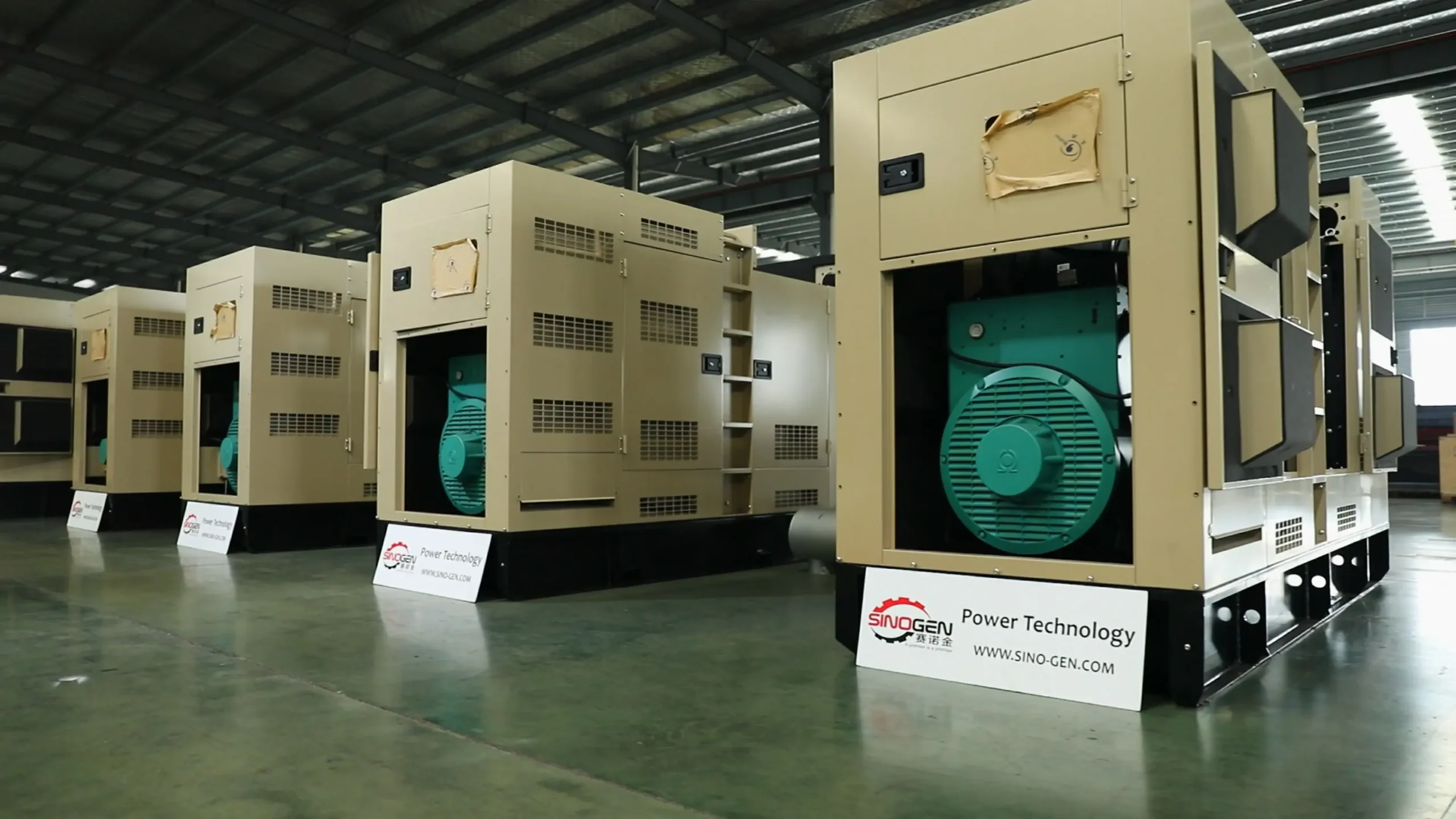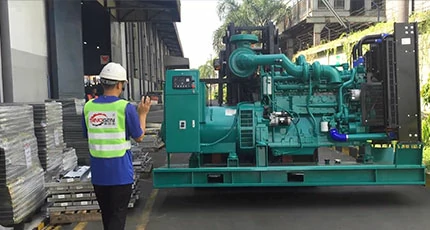A diesel generator serves as a crucial emergency backup power source. Its core function is to supply emergency electricity to safeguard the safety of substations, prevent equipment damage, and avoid the escalation of power grid accidents when both the normal operating power supply and backup power supply at the station are lost.
+86-755-8231-4520
info@dcec-generator.com




